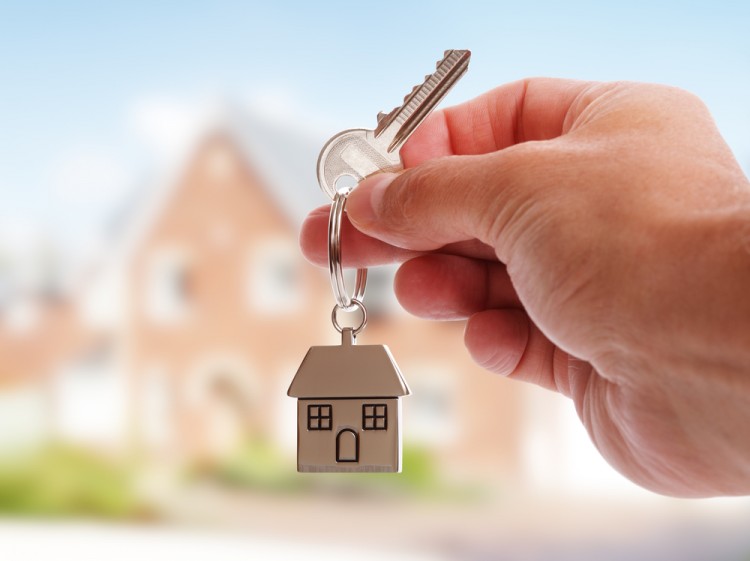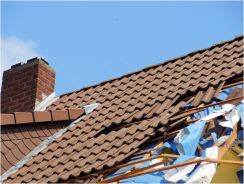
How to Buy Your First Property in Singapore
Buying property in Singapore can be a complicated journey.
With all the government regulations surrounding property transactions, it’s a headache just figuring out how to begin.
That’s why we’ve written this guide to help you through buying your first home in Singapore.
We’ll tell you about the types of property foreigners can buy, how to get a housing loan, and even the hidden costs you’ll need to watch out for.
So without further ado…
Step 1: Read the rules on buying property in Singapore.
From the lovely colonial-era bungalows to high-end luxury condominiums, there are many types of property available in Singapore.
Because of how scarce land is though, government policy is heavily skewed in favor of making housing affordable for its citizens (and understandably so). Unfortunately, that means foreigners face quite a few restrictions when trying to buy property in Singapore.
That’s why most expats staying here long-term tend to purchase condominiums – it’s the path of least resistance.
But if you’re really keen on getting something other than that, we’d recommend reading up on the types of property available to foreigners.
Step 2: Figure out your budget & mode of financing.
Most banks in Singapore will provide home loans to foreigners. As long as you haven’t got any glaring credit problems and can provide proof of your income and net worth, you should be able to procure a sizable loan.
But you should know that Singapore law mandates a Loan-to-Value cap – which means the more loans you have, the less you can borrow with each subsequent loan:
· No prior loans: You can borrow up to 75% of the property’s value.
· 1 prior loan: You can borrow up to 45% of the property’s value.
· 2 prior loans: You can borrow up to 35% of the property’s value.
And note that even if you haven’t taken out any housing loans before, you’ll still need to have at least 25% of the property’s price tag in cash to make the downpayment.
Step 3: Look up the hidden costs.
Even with the steep prices of property in Singapore, you’ll still have to contend with a number of hidden costs. There’s a full breakdown in this costing guide, but in summary you should be prepared for:
· Valuation Report
· Mortgagee Interest Policy
· Buyer Stamp Duty
· Additional Buyer Stamp Duty
· Conveyancing (lawyer) fees
· Caveat fee
· Legal fees for loan processing
· Renovation, moving, and furnishing costs
· Maintenance fees
· Property taxes
Step 4: Decide whether to hire a property agent or not.
A good property agent can save you heaps of time with house hunting.
It’s also highly recommended for buyers, since Singapore custom is that the sellers bear the cost of agent commission fees.
You might run into the occasional property agent who asks you for commissions, but typically the buyer agents will “co-broker” the deal with seller agents and claim their fees from them.
But whether or not you hire a property agent, this guide on how to buy a private property will come in handy for the next half of the process.
Step 5: Organize (and go for) house viewings.
The next part of the house hunting process is the same as with other countries: you’ll have to travel to various locations for house viewings.
Unlike in places like the U.S. though, it isn’t common practice to host an “open house” for properties on sale.
This is because most sellers in Singapore are still living in the properties that they put up on the market. Only when the transaction is in its ending stages will they move out completely so that buyers can inspect the property.
Once you’ve shortlisted a property you’d like to check out, contact the seller’s agent to arrange a house viewing.
It’s best to do this in the daytime so you can also do a bit of recon on the neighborhood. Here are a few things to look out for:
· How’s the noise level? Is it next to a freeway or perhaps a loud neighbor?
· How hot does the property get in the daytime? If there’s a lot of direct sunlight streaming in through one of the windows, it might feel like an oven at midday.
· How accessible is the location? Can you only get there by driving, or is there public transport nearby?
· Does the property look well-maintained? Check for things like water leakage, clogged pipes, the presence of termites, and so on.
Step 6: Decide on a suitable property and complete the sale.
Once you’ve found your new home, it’s time to get the Option to Purchase (OTP) from the seller! This will typically cost you 1% of the purchase price.
You have 14 days from the receipt of the OTP to finalize your home loan and decide whether to proceed with the transaction. If you do, you’ll pay another 4% of the purchase price as the Option Exercise Fee.
After that, the seller has 8-10 weeks to move out of the property. Meanwhile, you’ll be settling things with the conveyancing lawyer and tax authorities.
Lastly, you’ll inspect the property to confirm that it’s vacant, in good condition, and ready for your possession.
And once you make the final payment at the lawyer’s office, you’ll collect the keys to your new property – congratulations!











Author
Homesgofast com
Homesgofast.com is an international real estate portal and news source for Google news. Publishing international real estate, finance, homes and travel-related news and blogs for a targeted audience since 2002. Each news item is circulated to thousands of potential readers each day and is also available to the millions of people who sign up for Google news alerts. Find homes offered for sale and to rent direct from owners and some of the best real estate agents from over 35 countries